
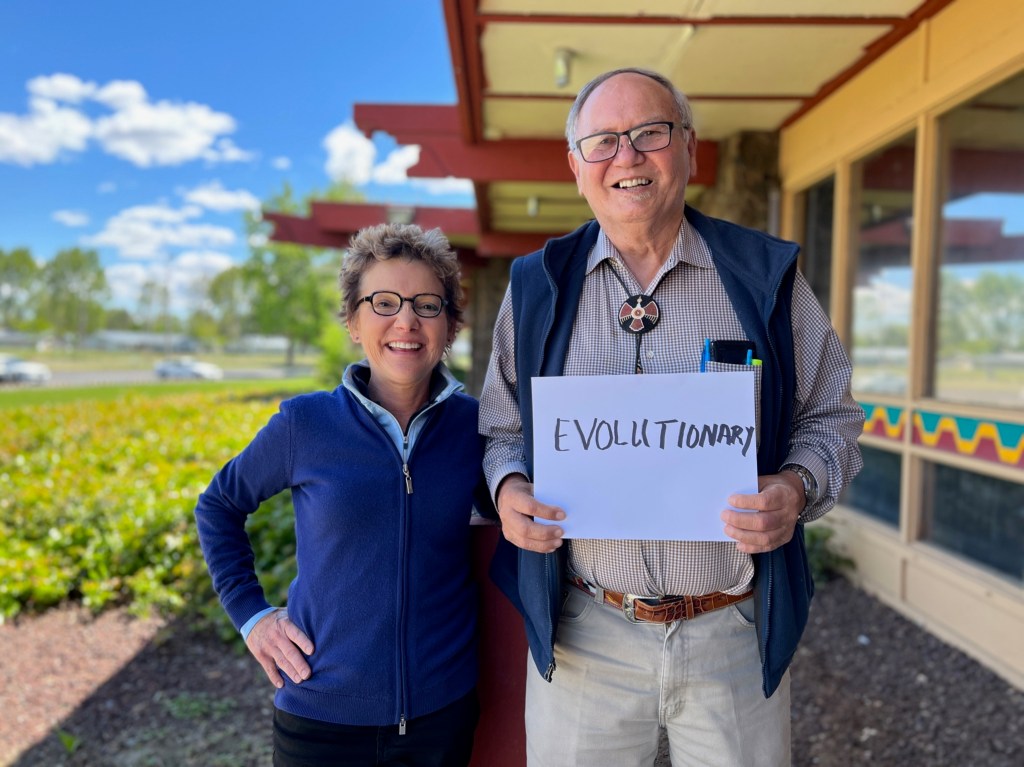
Our latest conversations with members of Yakama Nation, a community on the eastside of the Cascade Mountains in Washington state, provided us with unique stories and perspectives on the interconnectedness of policy, place,
and people. Hear from some of the Yakama Nation members we spoke with as they describe their community in One Word.

As we wrap up Zip Code Economies 1.5, we want to know how young people are faring. So we reconnect with Nefiso and Najmo Abdi, twin sisters we met as high schoolers from San Diego’s tight-knit Somali community. Now in college and navigating the intersection of COVID-19 and the Black Lives Matter protests, they recognize you can’t put a timeline on change. Instead, they focus on what they can—learning from this time of turmoil and making sure their voices are heard.
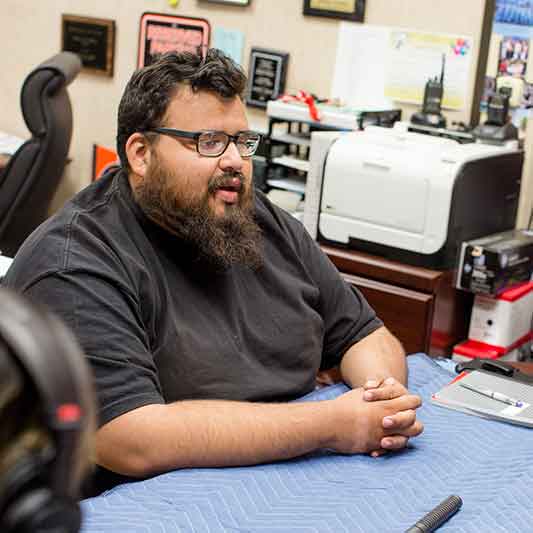
We reconnect with Mr. Sanchez, the 10th grade English teacher at Firebaugh High School, who is the definition of an essential worker in the pandemic. Racial and economic inequities have always existed in Firebaugh, and recent events have only magnified this reality. As lack of internet access threatens to cut students off from his class, Mr. Sanchez fights to ensure continued access to education as an act of social justice.
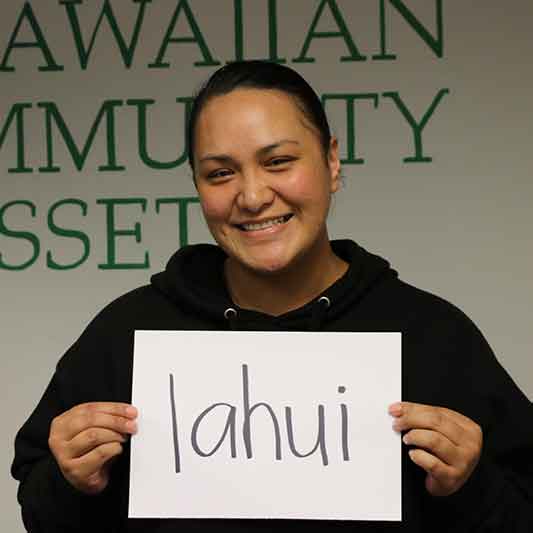
If the intergenerational transmission of hope is a journey, Lahela Williams is an ideal guide. A Native Hawaiian, she discusses the effects of COVID-19 and the Black Lives Matter movement in Honolulu, while drawing parallels with the fight to protect the sacred mountain, Mauna Kea. Through it all, we learn that from great chaos comes great change, and we have the “kuleana”—or responsibility—to maintain hope.
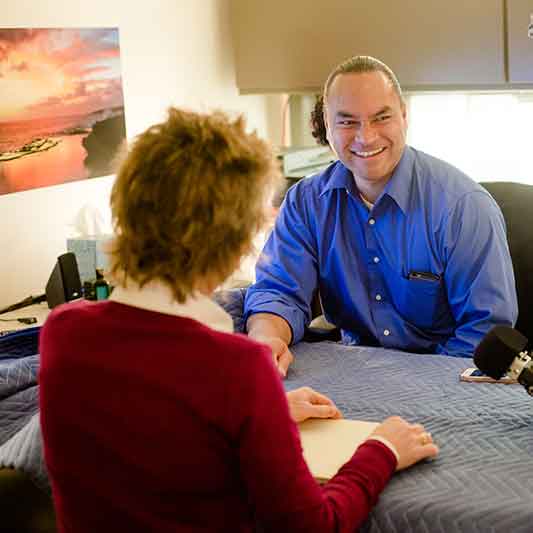
In our continued search for answers, we check in with Will Unga, a Pacific Islander raising his young kids in the predominately white, religious community of Salt Lake City. He walks us through his experiences, reminding us of our obligation to continually cultivate hope for the sake of both past and future generations.
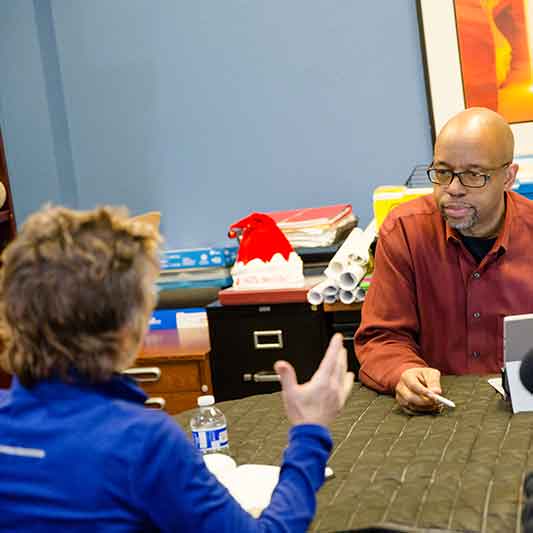
In the first episode of Zip Code Economies 1.5, we reconnect with someone who understands how to nurture hope in others, even during the most difficult times. Pastor Paul Bains is a tireless advocate in East Palo Alto, especially on issues of justice and equality. Like tulips, we learn that hope can be buried for a time, but returns with patience, love, and perseverance.

In this episode of Rethinking Asia, we spoke with Chad Bown, Senior Fellow at the Peterson Institute for International Economics. Chad is an expert on trade, having worked on the issue at the World Bank, the White House Council of Economic Advisors, and the World Trade Organization. We discussed the recent trade disagreement between South Korea and Japan. While, rooted in the countries’ deep historical, political, and social tensions dating back to the early 20th century, the attitudes and tactics adopted in the dispute reflect broader global tensions surrounding trade.
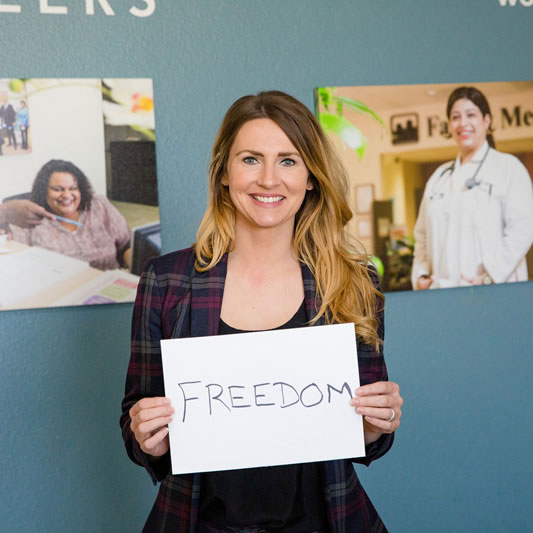
How can you change the narrative when the odds are stacked against you? We wrap up this season of Zip Code Economies back in San Diego, with a look at how education is creating new opportunities for not just students, but entire families. As a new generation moves forward as contributors in society, they’re determined to not forget where they came from, while also embracing that zip code doesn’t define their destiny.
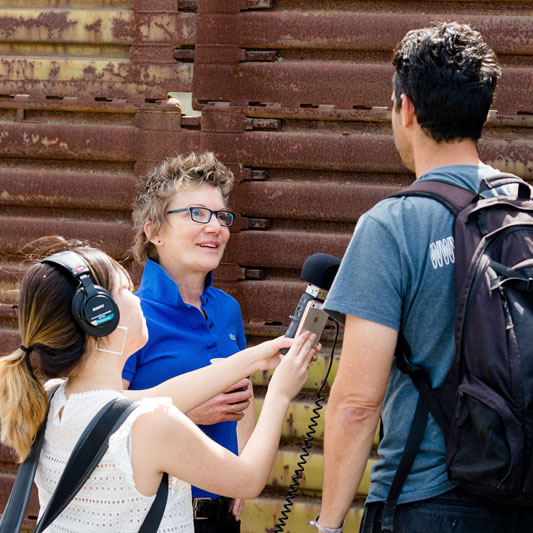
On our last stop this season, we land in San Diego facing a chicken or egg dilemma: Do communities create economies? Or is it the other way around? To help us solve that puzzle, we talk to a manager of a nonprofit, a hotel CEO, a colonel in the Marines, and a Spanish teacher – people who might not seem to have much in common, but who have found a shared home in this fluid, ever-changing part of Southern California.

When you ask residents what makes Hawaii such a special place to live, one word comes up over and over again: “ohana.” But what is “ohana”? In this episode of Zip Code Economies, we return to Honolulu to find out. Join us as we walk away with not just one definition of ohana, but many—all of which we hope to carry back to the mainland.